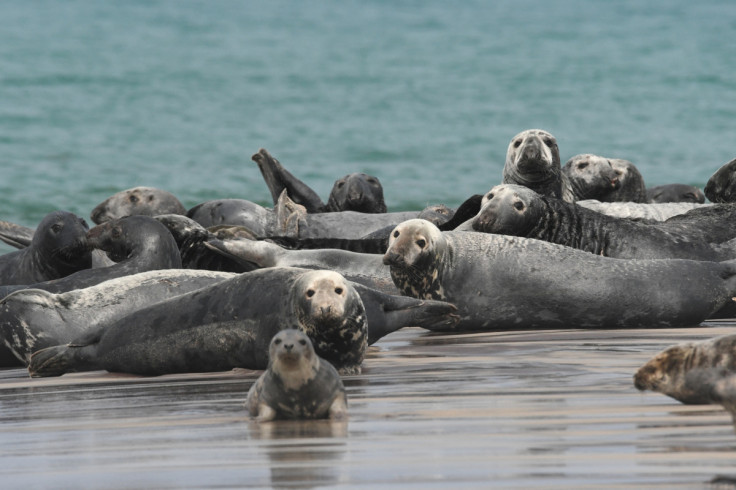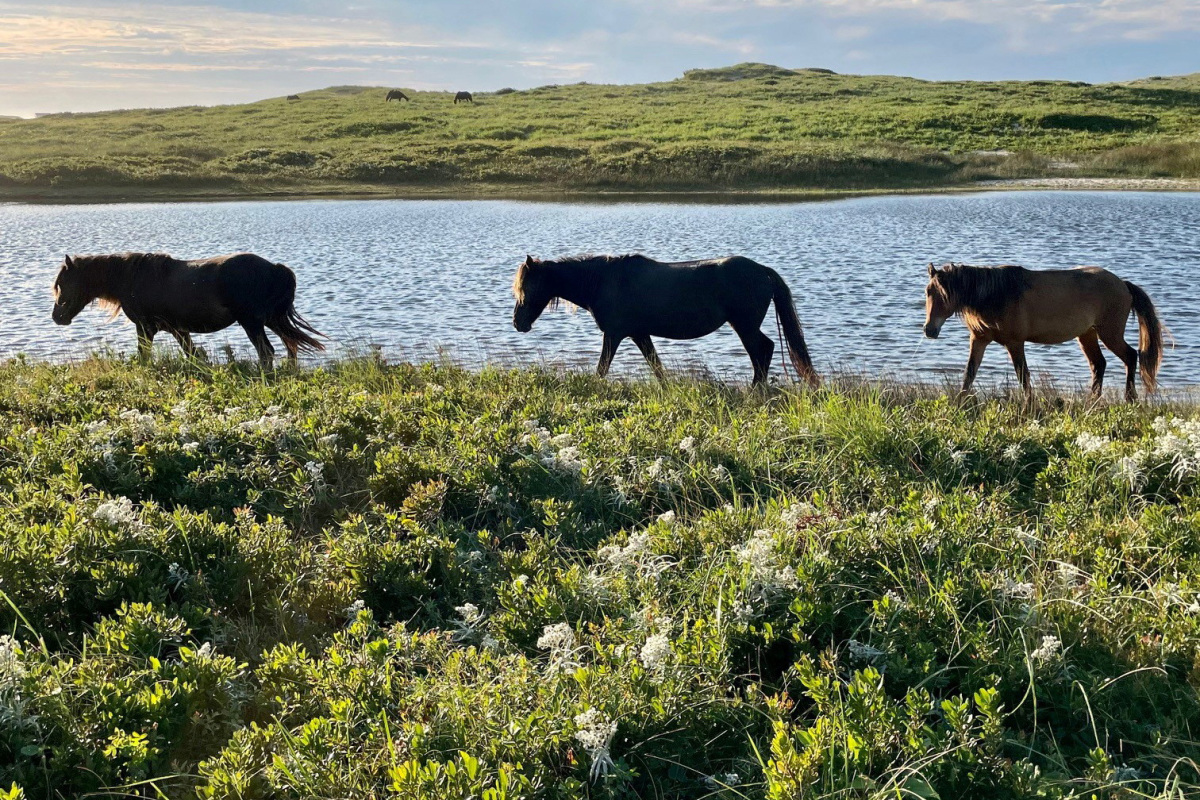Shaggy, long-maned wild horses grazing freely on the sandy grasslands of the crescent-shaped Sable Island in the North Atlantic are expected to come under the swipe of a powerful storm forecast to hit eastern Canada this weekend.
Hurricane Fiona, tracking northward after carving a destructive path through the Dominican Republic and Puerto Rico, could be one of the worst storms to hit Atlantic Canada in recent years.
Storms are not uncommon in the region and they typically cross over rapidly, but Fiona is expected to impact a very large area and bring extended periods of stormy weather, Canadian Hurricane Centre meteorologist Bob Robichaud said at a briefing.
Fiona, expected to be classified as a post-tropical storm when it makes landfall in Nova Scotia, could bring very strong winds, heavy rainfall and floods in several provinces in eastern Canada.
By mid-Thursday, Fiona was located about 1,800 km (1,118 miles) to the south-southwest of Halifax, capital of Canada’s Nova Scotia province.
Off the coast of Nova Scotia is the Sable Island National Park Reserve, a narrow strip of dunes and grasslands managed by Parks Canada. Here roam some 500 Sable Island Horses alongside the world’s biggest breeding colony of grey seals.
All scheduled flights for visitors have been canceled while a small a team of officials prepared to shelter in place on the island, with team members been busy securing materials and equipment to minimize possible damage, Parks Canada representative Jennifer Nicholson said.
But the horses, which are not indigenous to the sandbar and are believed to have been brought by European sailors in the 18th century, have practically no natural cover on the isle.
“Over the last two centuries, the horses of Sable Island have adapted remarkably well to their environment. During inclement weather the horses act instinctively and seek shelter in groups in the lee of the dunes for protection,” Nicholson said.
Fiona could be a “little stronger” than 2019’s hurricane Dorian, Robichaud said. Dorian slammed though Halifax as an intense post-tropical storm, knocking down trees, cutting power, and blowing over a large construction crane.
Environment Canada has issued a storm alert for much of Atlantic Canada, along with parts of Quebec, Canada’s second most populous province.








